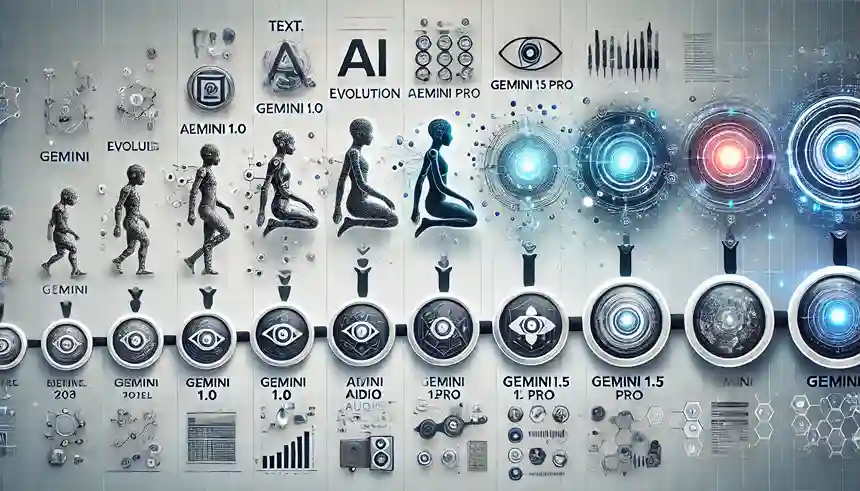Introduction to Deep Offshore Technology

What is Deep Offshore Technology?
Imagine setting up a factory in the middle of the ocean, hundreds of miles from land and thousands of meters under the water. Sounds like science fiction? It’s not—it’s deep offshore technology. This high-tech field revolves around extracting oil, gas, and energy resources from extreme ocean depths, typically beyond 500 meters, using sophisticated engineering systems, robotic tools, and high-end sensors.
Why It Matters in Today’s Energy Landscape
As shallow reserves dry up and global demand continues to surge, deep offshore plays a pivotal role in meeting energy needs. It’s not just about oil and gas anymore—deep sea technologies now intersect with renewable energy, marine conservation, and even subsea carbon capture.
History and Evolution

From Shallow to Deepwater Exploration
Offshore drilling began in the 1940s, but it wasn’t until the 1980s and 90s that technology allowed for reliable operations in deeper waters. Initially, platforms were placed near the shore. Now, floating cities equipped with state-of-the-art systems operate where the ocean floor is miles below.
Key Milestones in Offshore Technological Advancements
- 1947: First offshore oil well out of sight from land (Gulf of Mexico)
- 1996: First spar platform deployed
- 2007: BP’s Thunder Horse platform goes live, marking deepwater innovation
- 2020s: Integration of AI and robotics for real-time subsea monitoring
Key Components of Deep Offshore Systems
Floating Production Systems
These massive structures, like FPSOs (Floating Production Storage and Offloading units), are the backbone of offshore production. They process, store, and sometimes even ship the oil directly from the ocean surface.
Subsea Infrastructure
Think of it like an underwater city. Pipelines, manifolds, wellheads—all laid across the seabed to collect and transport hydrocarbons. This infrastructure is designed to withstand crushing pressures and corrosive saltwater.
Drilling Equipment and Rigs
Dynamic positioning rigs, semi-submersibles, and drillships allow safe, precise drilling operations at dizzying depths. These rigs are marvels of mechanical and digital engineering.
Remote Operated Vehicles (ROVs) and Autonomous Underwater Vehicles (AUVs)
ROVs and AUVs are the unsung heroes. These underwater robots handle inspections, maintenance, and emergency interventions, all while transmitting high-resolution video to operators sitting comfortably on ships above.
Advanced Technologies Driving Deep Offshore Development
AI and Machine Learning
AI is transforming data into action. By predicting equipment failures, optimizing production flows, and even guiding drilling paths, AI adds a brain to the brawn.
Real-time Data Analytics and Monitoring
With IoT-enabled sensors, operators get live feedback on pressure, temperature, and structural health—allowing for faster decisions and fewer failures.
Enhanced Seismic Imaging
Advanced sonar and seismic tools create detailed 3D maps of subsea formations, helping identify sweet spots for drilling with greater accuracy.
Robotic Intervention Systems
These systems conduct precision repairs and inspections in environments too dangerous for humans. Think of them as deep-sea surgeons, armed with lasers, grippers, and HD cameras.
Engineering Challenges in Deep Offshore Environments
Pressure and Temperature Extremes
At depths of 2,000+ meters, pressure exceeds 200 times atmospheric pressure. Combine that with near-freezing temperatures, and you’ve got a recipe for material stress and equipment failure.
Corrosion and Material Fatigue
Saltwater eats away at metals like termites on wood. Advanced coatings, titanium alloys, and regular inspections are essential.
Logistics and Accessibility
Getting materials and people to deep offshore sites is an enormous task. Helicopters, support vessels, and intricate scheduling keep operations afloat.
Environmental and Safety Considerations
Preventing Oil Spills
One spill can ruin ecosystems for decades. Blowout preventers, double-walled pipelines, and constant surveillance are the first line of defense.
Wildlife and Habitat Protection
Modern operators must comply with marine environmental guidelines, including minimizing noise pollution, avoiding whale migration paths, and restoring damaged reefs.
Safety Standards and Protocols
The offshore industry follows strict regulations, with mandatory drills, real-time safety systems, and global compliance audits to prevent disasters like Deepwater Horizon.
Economic Impact and Investment Trends
Cost of Development vs. Return on Investment
Deep offshore drilling is expensive—often billions per project. But the potential yield can be immense, especially in oil-rich basins like Brazil’s pre-salt fields or West Africa’s deepwater frontier.
Countries Leading the Deep Offshore Frontier
- Brazil with its innovative FPSO deployment
- Norway pushing sustainability in North Sea operations
- United States pioneering Gulf of Mexico deepwater projects
- Nigeria and Angola expanding deep offshore extraction in Africa
Future of Deep Offshore Technology
Carbon Capture and Storage at Sea
Captured carbon from industrial emissions could soon be stored beneath the seafloor—offshore platforms may play a new role in this global mission.
Green Technologies in Offshore Operations
Solar-powered ROVs, wind-turbine-supported platforms, and hybrid power systems are transforming how we power offshore infrastructure.
The Role of Renewable Integration
Expect to see more cross-platform setups—offshore wind farms co-located with oil platforms or sharing maintenance resources with wave energy converters.
Conclusion
Deep offshore technology is a mind-blowing blend of engineering brilliance, digital intelligence, and environmental awareness. As the world looks to balance energy needs with climate goals, this once-hidden frontier is stepping into the spotlight. Whether it’s powering cities, capturing carbon, or coexisting with marine life, deep offshore tech is set to shape the future of energy in ways we’re only beginning to imagine.
FAQs

What depth qualifies as deep offshore?
Generally, anything beyond 500 meters is considered deepwater. Ultra-deepwater refers to depths beyond 1,500 meters.
How does offshore drilling differ from onshore?
Offshore involves remote, underwater operations with high-tech floating rigs, while onshore drilling is land-based and typically less complex.
Are deep offshore platforms environmentally friendly?
They’re becoming greener with innovations in spill prevention, habitat protection, and hybrid energy sources, but challenges remain.
Which countries dominate deep offshore oil production?
Brazil, the U.S., Norway, and several African nations are leaders in the deepwater extraction game.
What’s the future outlook for offshore energy tech?
Bright and dynamic—expect more automation, AI, carbon capture, and collaboration with renewables in the next decade.
Want More Insights?
Stay updated with the latest in healthcare innovation, AI, and future tech by subscribing to our newsletter at SociaGain




